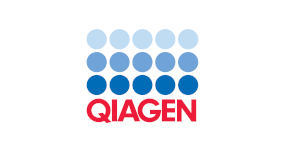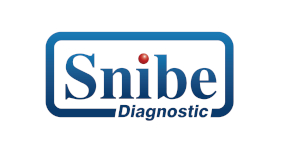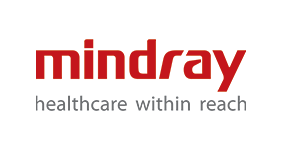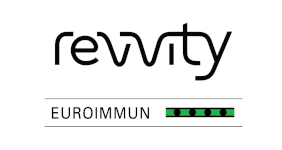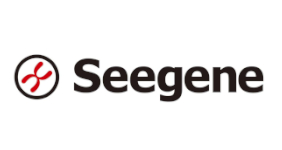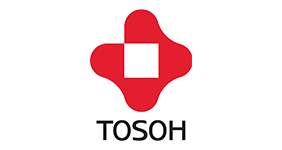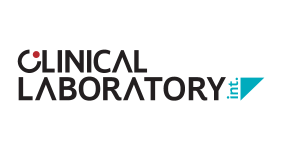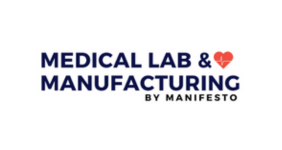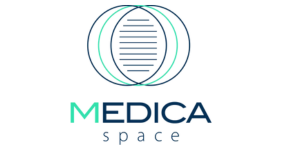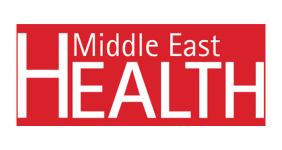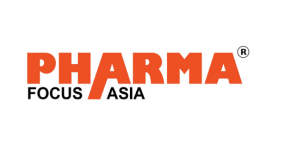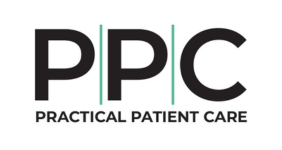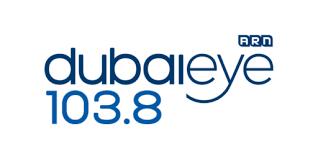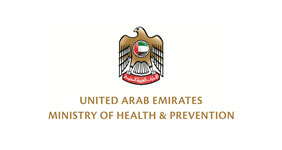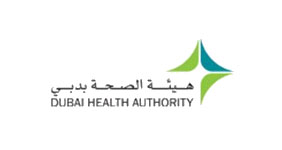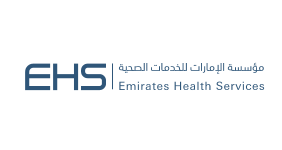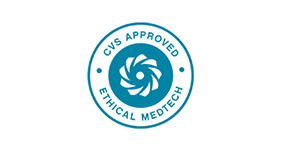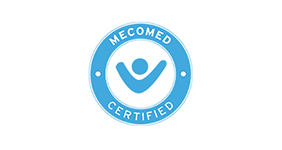American Association for Clinical Chemistry
18 October 2016
Hourly albumin levels. Nutritional status assessed with 1,25-dihydroxy vitamin D. Acute pancreatitis assessed with both lipase and amylase. Hardly any clinical laboratorian doesn’t have a story about test overutilization, like these examples or others. In contrast, reports of curbing the overutilization juggernaut are much harder to come by. But to be responsible partners in reining in costs, clinical laboratorians are duty-bound to find solutions to the over-testing dilemma. This article summarizes the approach our medical center has taken, focusing initially on reducing emergency department (ED)-based serum amylase orders.
Select the right test. In our experience, selecting a test that is worth addressing and has a good probability of actually being curtailed sets up the process for success. Utilization efforts typically deal with either low-volume/high-cost send-outs or high volume/low cost in-house testing. In our case, we felt serum amylase orders from our ED were a good place to start. We had a reasonable testing volume—about 3,600 annually—with 80% estimated to be unnecessary. We also believed this was a safe initial choice, with little anticipated pushback at efforts to limit the test’s use—an ideal characteristic for our first foray into curbing test utilization.
In deciding to take on serum amylase orders, we considered the projected financial impact by analyzing data from our information system on how many tests were performed, how many were inappropriate, and how much the test cost.
To start your journey to better test utilization, even a month’s worth of data helps. However, since these data involve patient health information, check with your institutional review board first.
Also consider your organization’s test utilization life cycle—do you have an established culture of assessing and streamlining diagnostic test orders? If not, progress slowly, as switching overnight from provider- to lab-selected ordering is a sure route to failure. We also recommend discussing the analyte(s) in question with experienced laboratorians and clinicians. Institutional memory may reveal that the challenge you propose undertaking may have already been tried.
Assemble evidence. With a test target selected, compile the available evidence on its utility, starting with published literature. For amylase, we prepared a short write-up of relevant study findings. Beyond the primary literature, we also recommend consulting with peer organizations to see how they control orders for the analyte of interest. When possible, use historical data to understand the utility of this test in your own institution. We looked at the positive and negative predictive values of not only amylase but also lipase and amylase+lipase in diagnosing pancreatitis.
Find allies. With data in hand, your next challenge is to find clinical colleagues who will support your efforts. The utilization data you gathered should be fertile ground for pinpointing high-volume users or locations. When approaching potential allies, set the conversation up for success with innocuous questions rather than demanding statements. Consider “Why do you normally order amylase?” versus “Stop ordering amylase.” Asking questions also can yield fresh perspectives. For example, a larger systems issue might be driving certain test orders. Ideally, your conversation about the data will lead clinicians to decide without being told that something should be done to reduce overutilization.
Clinical colleagues are not the only supporters you will need. Administrators make natural test utilization allies because they share laboratorians’ interest in reducing unnecessary testing and saving money. For our efforts involving amylase, we identified key ED staff members interested in high-value care, and we took advantage of a newly formed lab utilization group.
Identify root cause. Too often, staff think about interventions to reduce overutilization before reflecting on the problem driving overutilization. Yet, determining why a test is being ordered inappropriately is the only way to implement a lasting, successful intervention. For example, if a test is part of an order set, educating busy clinicians is unlikely to substantially and sustainably reduce its ordering. Likewise, removing a test from an order set will be less effective if clinicians assume incorrectly that they need the test. Test utilization veterans have plenty of stories about well-meaning, diligent clinicians finding amazingly creative ways to circumvent utilization efforts and order the test they think they need.
In many academic medical centers, residents order most tests, so conversing with them offers a chance not only to educate these newly minted physicians about laboratory testing but also for you to identify systemic issues that might be driving overutilization. Our major over-use issue with amylase was that it was in our abdominal pain order sets. We did not face a provider education issue, as most knew of lipase’s superiority and adequacy for evaluating ED patients with abdominal pain.
Implement and monitor. With the underlying issue identified, a solution is at hand. In our case, we simply removed amylase from our ED abdominal pain order set. This produced results promptly, which so far have been sustained. We have gone from about 10 ED-based serum amylase orders per day to less than two, a projected annual reduction of approximately 3,000 tests. More importantly, successfully tackling amylase over-ordering created a culture of lab utilization management and laid a path for addressing overutilization which we are using with other analytes.
Joshua Hayden, PhD, DABCC, FACB, is an assistant professor, director of toxicology and therapeutic drug monitoring, and assistant director of the central laboratory at Weill Cornell Medicine in New York City.
Source: American Association for Clinical Chemistry
------------------------------
To further discuss test utilisation, see the Laboratory Management conference at the MEDLAB Congress, February 2017.
Attend to:
- Review data analytics in the laboratory
- Interpret key technological breakthroughs in managing a laboratory
- Evaluate social media platforms for the management of the lab
- Identify commonly cited accreditation deficiencies








